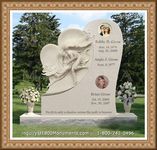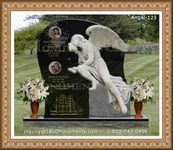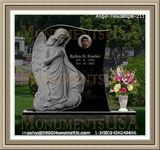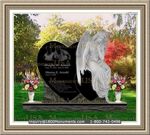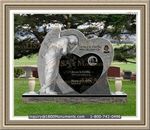|
Basics You Should Know When Concerning Funeral Flags
There are many situations which require a bit of planning when dealing making final arrangements for someone who has passed away. One of these is that funerary services are often held at a location other than the cemetery where the body is to be interred. To make sure the transition from one facility to another goes smoothly, funeral flags are usually employed.
The parade of mourners following the remains of an individual from the location of services to the site of interment is known as a procession. In some cultures it consists of people walking and carrying the body to its final resting place, though more commonly it is a line of vehicles. The chain is led by the hearse with the deceased inside.
As the one being honored, the deceased is placed in the hearse, which takes the front position. The next place is held by the cars, frequently limousines, that carry the parents, spouse, significant other or children of the departed one. Immediate family will follow the limos and all others mourners will fall in behind them.
Though many times funerary processions are granted a police escort to ensure the group travels uninterrupted, additional methods may also be used. Banners, normally supplied by the Home handling the arrangements, are a traditional way to identify those included in the group. There are several different styles available.
One option is a wide banner that stretches across a vehicle's hood like a ribbon, stating the procession's purpose. Another choice is a pennant that flies from a plastic pole that is held in place by the window of the car's door. An alternate version of the flag is a style that uses a magnetic base to hold firmly to the automobile's roof or body.
Generally speaking, these products are about twelve inches high and use staffs that are flexible to bend, rather than break when stressed. The banners attached to them are usually 6" x 9" and starched for easy viewing. They come in multiple colors, including purple, orange and white, and feature a contrasted cross in the center.
|
|























